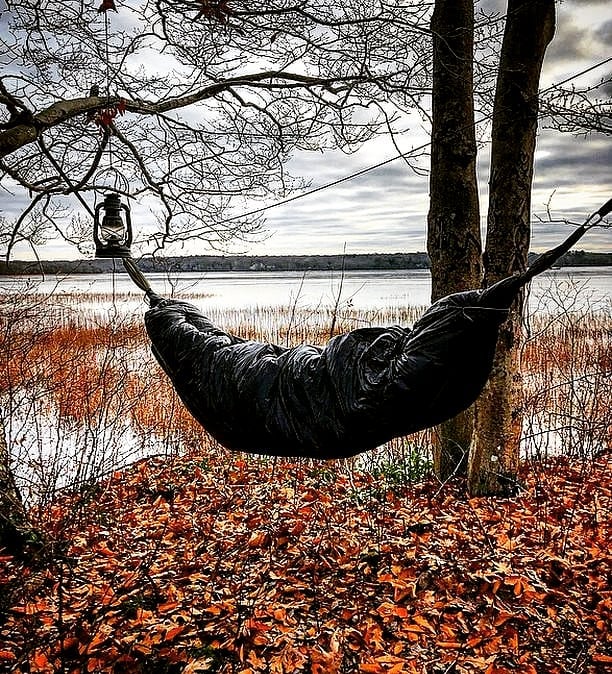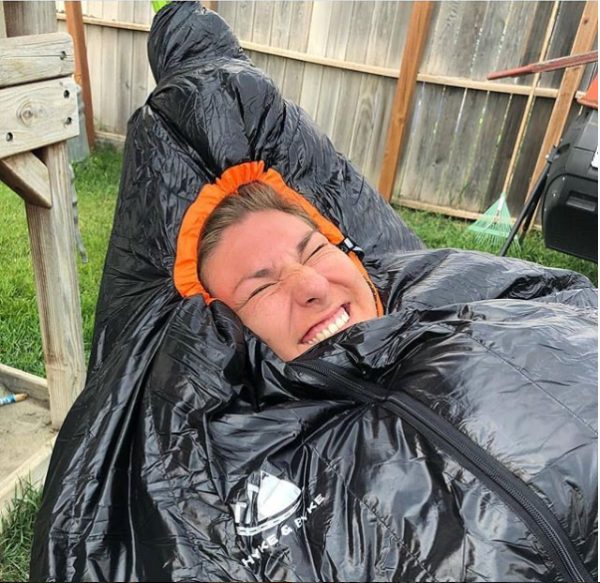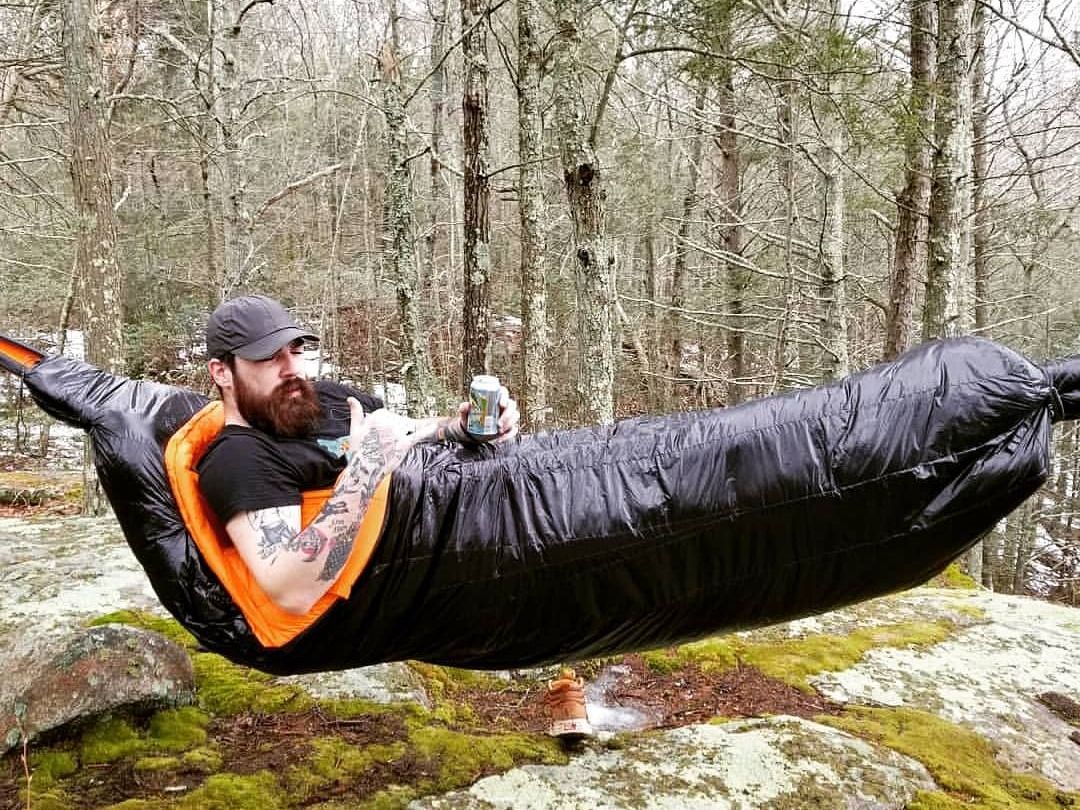Your Cart is Empty

Who doesn’t like hammocks? They are undeniable one of the most relaxing ways to grab some shut-eye after a long day on the trail.
These hanging slings are one of the best examples of a minimalist shelter. They require no ground preparation, leveling, or staking. When used with a eco-friendly suspension system, hammocks don’t affect the natural environment.
Needless to say, the smaller your "footprint" you leave in camp, the less likely you are to impact plants or wildlife.
Here are some tips to make the most out of your hammocking experience:

Tip #1: Opt for “tree saver” straps. These wide nylon/polyester webbing straps go around the tree to reduce girdling and dent to the bark and cambium layer, which can cause wood-tissue rotting. Never use anything made from a non-tree-friendly material, such as plastic zip cords. Never hammer or screw anything into the trees.
Tip #2: Put up your hammock camp at least 200 feet from any water sources. These areas give unique plant habitats due to moisture conditions and are significant in soil stabilization.
Tip #3: Look for a pre-existing campsite to set up your hammock. Large hammocking groups should split into smaller groups to avoid excessive disturbance.

Tip #4: Don’t hang your hammock from dead trees. You could injure yourself and alter the area around you if the tree were to fall or break. Even if your chosen trees look alive, check above for dead branches that could fall.
Tip #5: Check with local land managers and park rangers to ensure that the area allows hammocks. This is critical in some forests and parks as there are occasionally strict local regulations.
Tip #6: When you find 2 perfect hammocking trees (thick trunks, alive, little or no ground cover between them), carefully check for sensitive plant life (especially vital at higher elevations), wildlife habitat and hazards such as insect nests or poisonous plants. Avoid stepping on roots and lichen, and minimize transporting non-native species by cleaning shoes between trips.

Tip #7: Hang your hammock so it's no more than 4' off the ground to prevent accidents and to avoid damage to higher branches and leaves. Use the thickest part of the tree trunk and avoid trees that bend or are found in wet areas (wet soils are obviously more susceptible to impact than dry ground).
Tip #8: Take down your hammock whenever you leave your campsite or it might not be there when you get back (unfortunately, not everyone is as trustworthy as you).
Tip #9: When your trip is ending, pack everything up and inspect your campsite and surrounding area for anything left behind. Be sure all trash is packed up and taken with you. Leave the spot just the way you found it.
There you go! But of course, for cold and chilly nights, it's still best to add a hammock compatible (HC) sleeping bag to your set up.
Our HC bags are built with a DWR treated Rip-Stop nylon shell and filled with premium, Hydrophobic Down to get you warm night after night.
Check out our lineup here of 650FP and 800FP options:
Watch this video to learn about Hyke & Byke's Antero 800FP Series & Crestone 650FP Series of Hammock Compatible Hydrophobic Down Sleeping Bags with different temperature variations, sizes, and colors.
Comments will be approved before showing up.